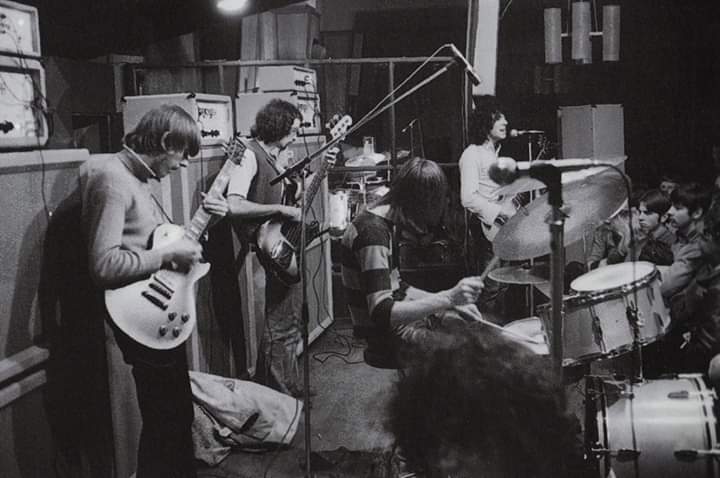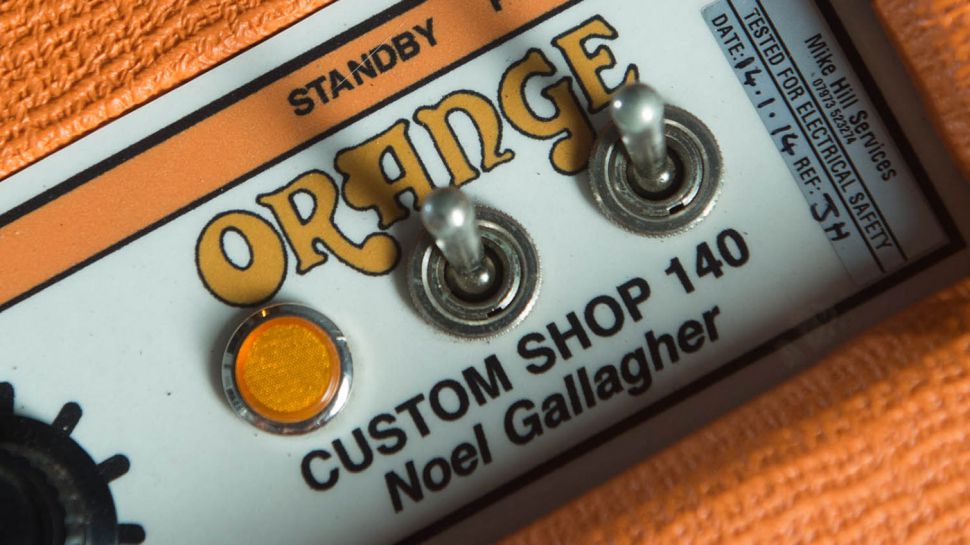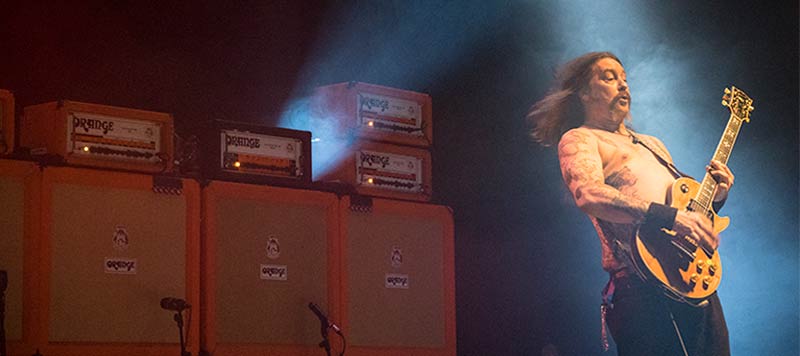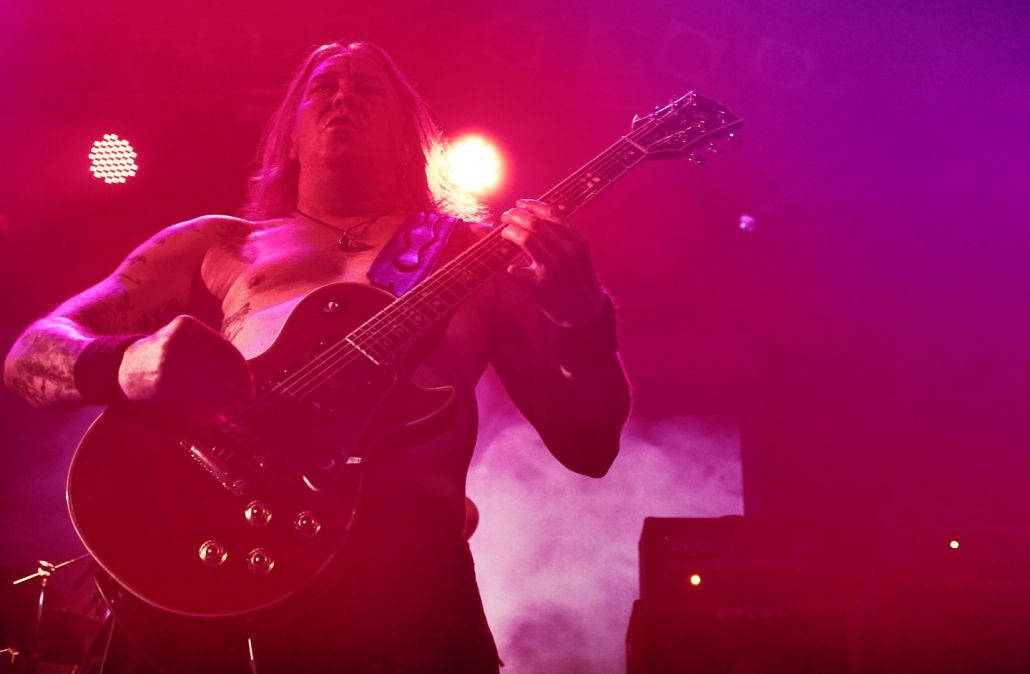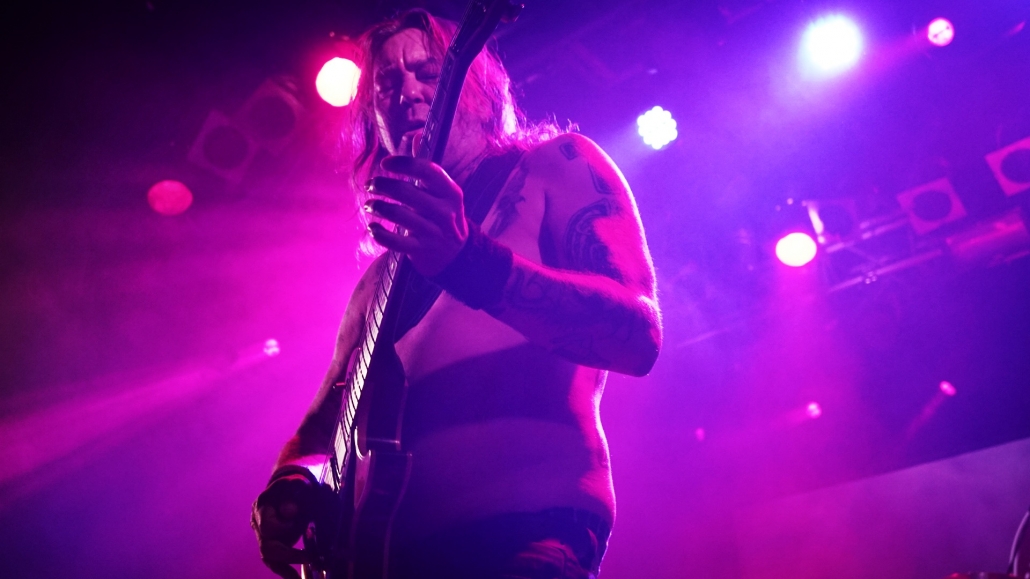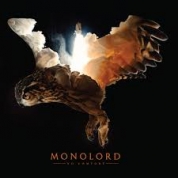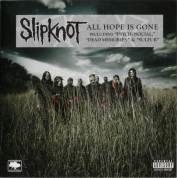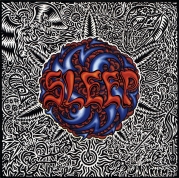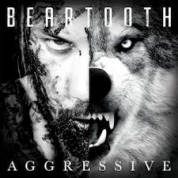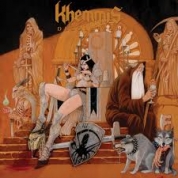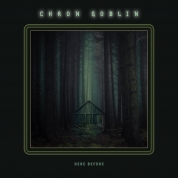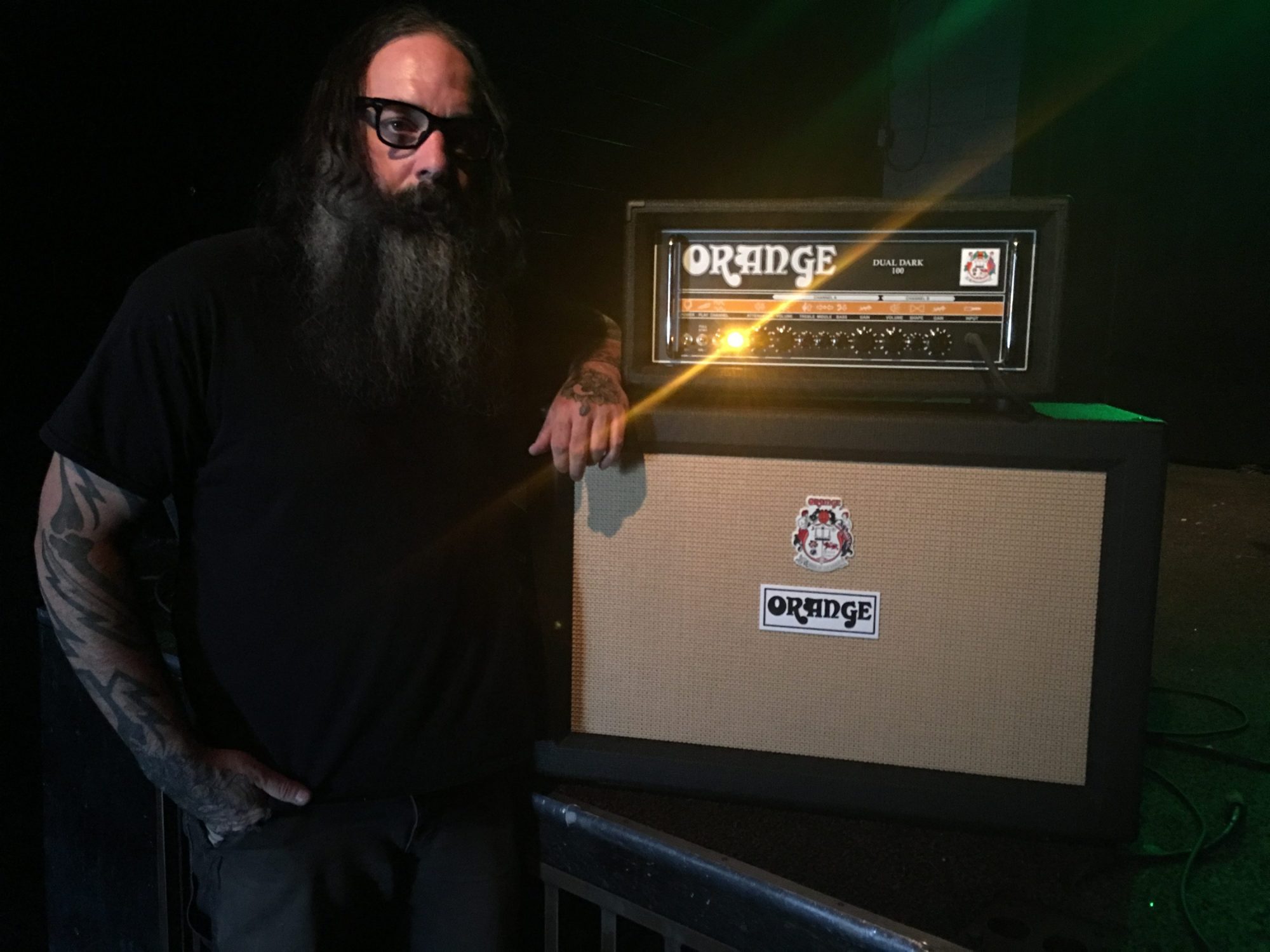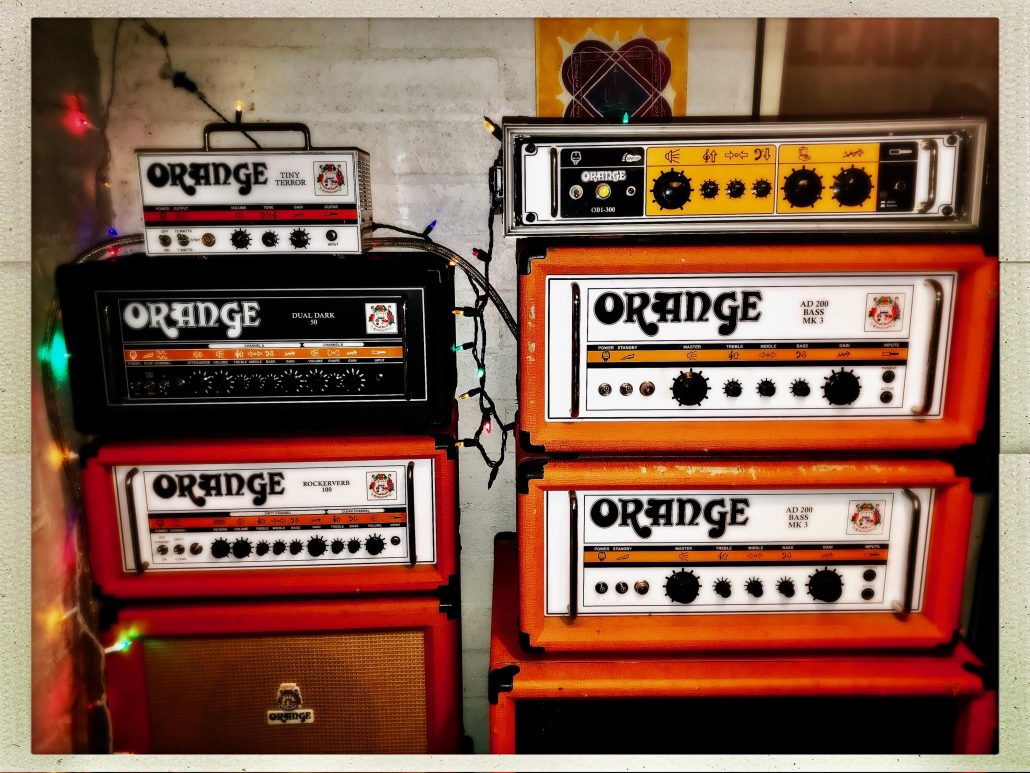The Voice of Doom, The Voice of Orange? No, as we’ve stated in previous posts, such as February’s “Voice of Clean” is that Orange is much more than stoner and doom amps. However, that stoner and doom bands and artists across the globe have all seem to fall for our heavier than heavy amps might not just be a coincidence; with our dirty and creamy tone we work great for heavier sounds, some might even say excellent, and we often became an obvious choice for these artists. See a selection of our finest Doom
Matt Pike, Sleep & High on Fire
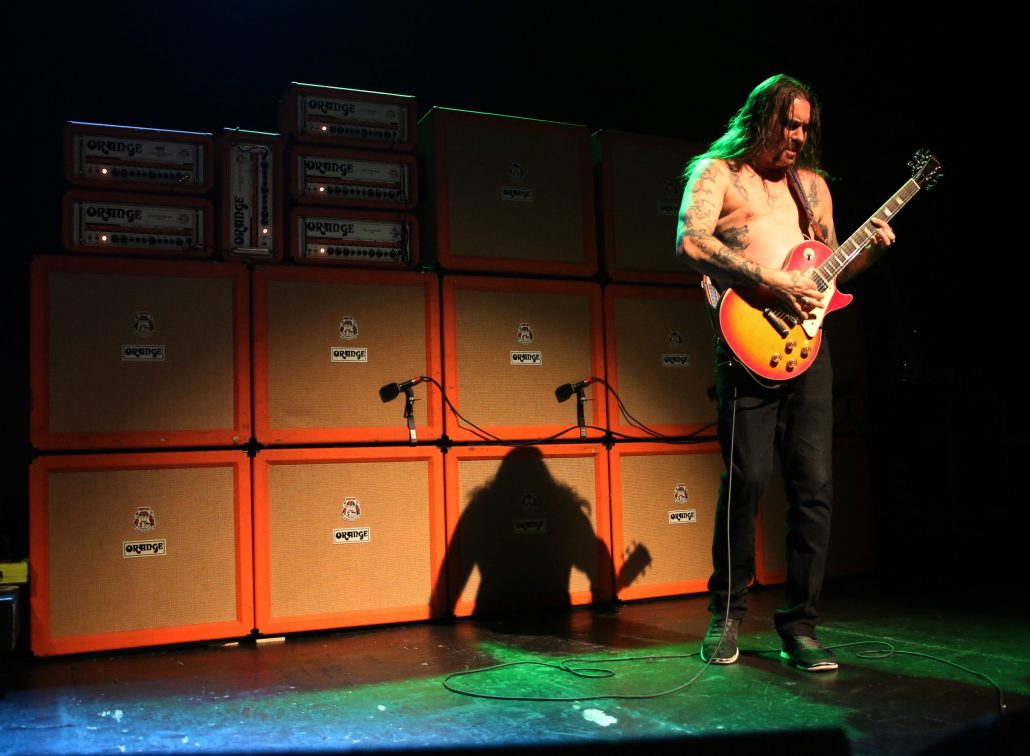
Dual Dark 50
Rockerverb100 MKIII
Crush Mini
PPC412 4×12 Cab
You’re probably not surprised we started this list with Matt Pike, are you? Our favourite shirtless hero and alien expert, singer of songs and player of electric guitars. Whenever Matt Pike comes to town we clear out our backline suppliers within a 50 mile radius before his crew gets given the most exhausting job any road crew has had since the days of Terry Bozzio touring with Frank Zappa. Matt Pike has pioneered doom metal with his band Sleep and become sort of a legend while still alive – he’s also fronting his own band High on Fire which is just as heavy, but faster, like Motörhead. His average Sleep set up normally contains of nine heads, mostly Rockerverbs and Dual Darks, and twelve cabs. Haters will say they ain’t all plugged in, but haters are wrong. For those of you who’s ever been lucky enough to attend a Sleep show and have had the same religious out of body experience as oh so many others while watching Matt Pike tear shit up, you know they’re plugged in and turned up to 11. He also has a dog, and we LOVE dogs over here at Orange.
Monolord, Thomas & Mika
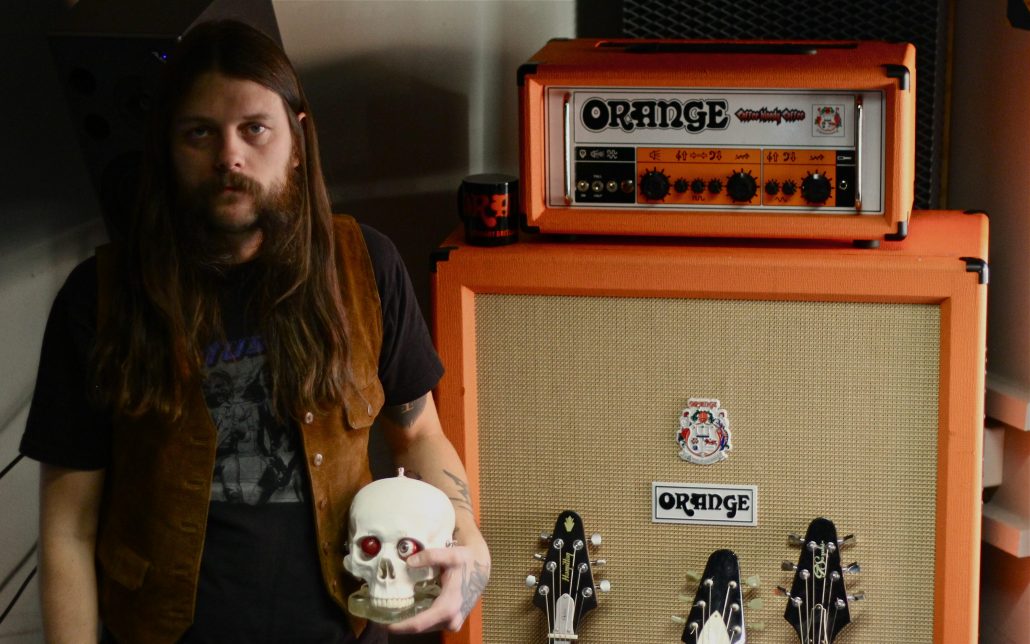
Crush Mini
Rockerverb 100 MKIII Head
PPC412 Speaker Cab
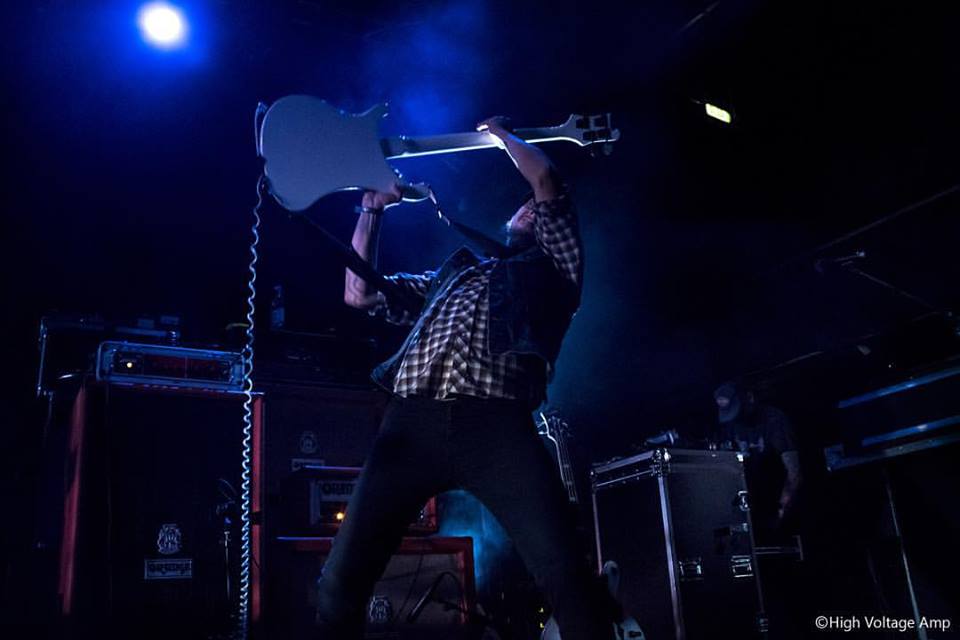
OB1-500
OBC810 8×10 Bass Speaker
We have been avid Monolord supporters here at Orange for years now, and have enjoyed seeing the band grow and develop from playing Camden’s Underworld, to be one of the bands closing Desertfest London on the Sunday at the iconic Roundhouse. The Swedish doom vikings have proven themselves to be masters of their kind, and one of many exceptional bands coming out of Gothenburg in the past years. When asking singer and guitarist Thomas V Jäger what the reason behind this Gothenburg explosion could be, he simply replied: “Have you been there, to Sweden? It’s dark as hell and it always rains, no one ever wants to leave their house so instead they stay in and practice their instrument.”, which only leads us to believe that this is the real deal, pure Nordic doom fuelled by darkness.
Boris, Wata
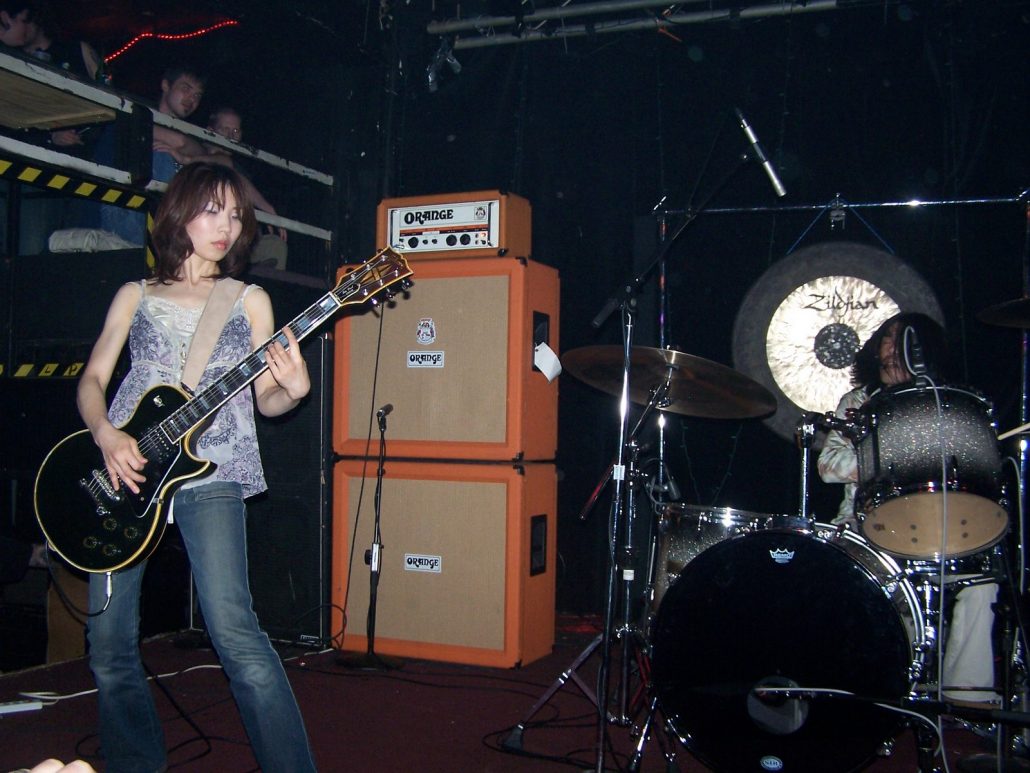
Rockerverb 100 MKIII Head
PPC412 Speaker Cab
At the start of their career 27 years ago, Boris began as a hard core punk act, before venturing into the unknown touching base with drone, doom, and experimental metal. Guitarist Wata is a proud Orange ambassador, and claims that she wouldn’t be where she is today wasn’t it for our brightly coloured amps; “The first amplifier that I purchased was Orange OR-120. Its loud orange color and cute design lured me to try out the model. Contrary to its look, I was astonished by super loud yet warm sound, and the mid-to-low frequencies that shook my body! I still use it to this day. I am extremely grateful for your support when we tour many countries. Orange amps have become my trademark. Orange amps are so compatible with my favourite Les Paul and fuzz pedal that my musical career would not exist without Orange amps.”
Weedeater, Dixie Dave
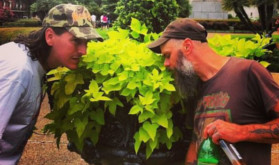
Weedeater’s Dixie Dave, who on the band’s Facebook page claims “We do what we can’t!” is another doom connoisseur holding the sweet Orange amps close to heart as he “Loves the tone and ass-kicking rumble.” Last I saw of Dixie Dave was in the AMs at the closing party at last year’s Desertfest London where I’d earlier seen them deliver an impeccable performance at the Electric Ballroom, which was the first and last time I saw them with the incredible drummer Carlos Denogean who tragically passed away later in the year. Despite these tragic events, Weedeater is still going strong, with previous drummer Travis “T-Boogie” back behind the drums.
Conan, Jon Davis
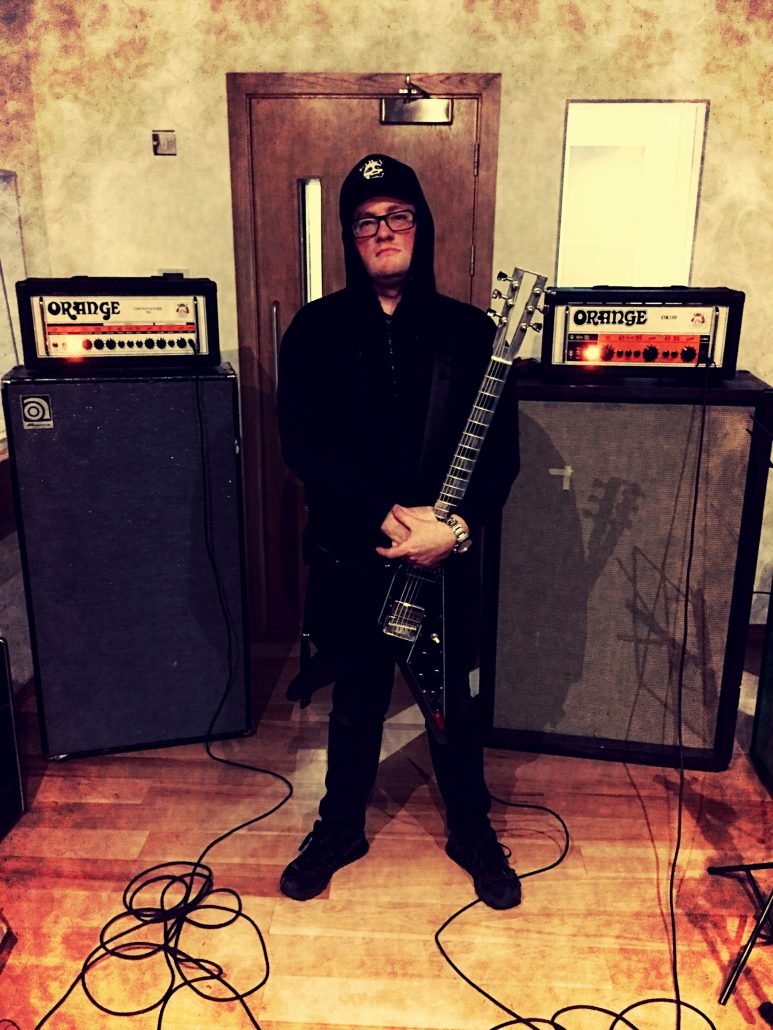
Thunderverb 200 Head
OR100 Head
Liverpool based band Conan’s Joe Davis first fell for the Orange tone using some vintage Orange heads; “I’ve been using some excellent vintage amps for several years, including some old Orange heads. I wanted to buy some modern amps that give me the tone and warmth of the vintage heads I have become accustomed to. I’ve used several modern Orange heads at festivals and these have included the Thunderverb 200, the OR50 and OR100. I was initially curious about the sound and then became pretty much hooked on them. They have all the warmth of the older amps I like, but none of the reliability issues.”

